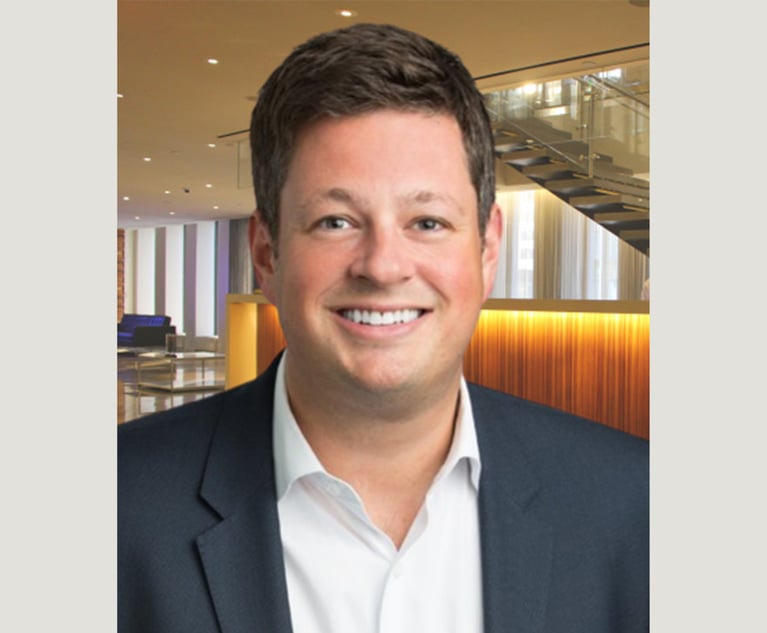In the seminal case of Owens-Illinois v. United Ins. Co., 138 N.J. 437 (1994), the Supreme Court of New Jersey adopted the continuous trigger theory for determining insurance coverage in cases involving progressive environmental injury. Generally speaking, this theory triggers all insurance policies on the risk from the time of “exposure” until an injury becomes “manifest.” Since the issuance of Owens-Illinois in 1994, lower courts have grappled with when and how to apply the “continuous trigger” approach. Last month the Appellate Division, in Air Master & Cooling v. Selective Insurance Company of America, 2017 WL 4507547 (October 10, 2017), applied the continuous trigger formula to questions of liability coverage in a third-party construction defect case, further defining when the trigger ends.
In the 1970s and 1980s courts were called upon to address novel insurance questions arising out of a time lapse between when a party was exposed to an injury-producing situation and when that person felt the effects of the exposure. This was driven, in part, by product liability cases over the administration to pregnant women of the drug diethylstilbestrol (DES), as well as the emergence of asbestos litigation.


 Credit: Bigstock
Credit: Bigstock




